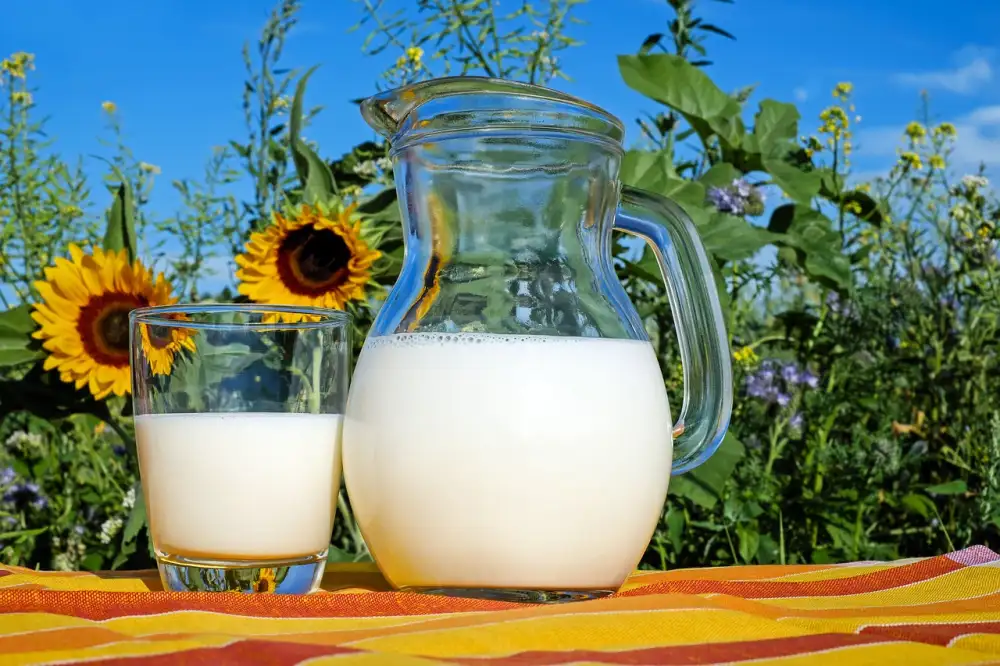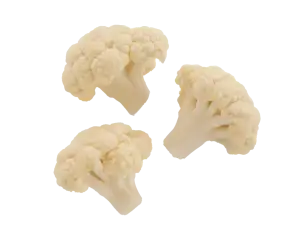Unlocking the Secrets of Curds and Whey: Elevate Your Culinary Skills with this Dairy Delight

Curds and whey are two components that result from the process of milk curdling. They have been used in culinary traditions around the world for centuries, adding unique flavors and textures to a wide range of dishes. Curds are solid, while whey is a liquid. Both have distinct characteristics that make them valuable ingredients in cooking. In this article, we will delve into the secrets of curds and whey, exploring their composition, culinary uses, health benefits, and even how to make them at home. Get ready to elevate your culinary skills with this delightful dairy duo!
The process of milk curdling and separation
The process of milk curdling and separation occurs when milk is exposed to certain conditions, such as the addition of acid or the presence of bacteria. This leads to a chemical reaction that causes the proteins in the milk to coagulate and form curds, while the liquid portion separates into whey. The curdling process can also be accelerated by using rennet, an enzyme found in the stomachs of animals. This enzyme helps break down the proteins in the milk, resulting in a faster separation of curds and whey.
Understanding the composition of curds and whey
Curds and whey are both components of milk that separate during the process of curdling. Curds are the solid part, while whey is the liquid part. The composition of curds and whey is quite different. Curds are rich in proteins, particularly casein, which gives them their solid texture. Whey, on the other hand, contains water, lactose, vitamins, minerals, and some proteins like albumin and globulin. Understanding the composition of curds and whey is essential for utilizing them effectively in cooking.
Culinary uses of curds and whey
Culinary uses of curds and whey are vast, making them a versatile ingredient in the kitchen. Curds can be used to make delicious cheeses like cheddar, mozzarella, and cottage cheese. They can also be incorporated into desserts such as cheesecakes, tarts, and pancakes for a creamy and tangy flavor. Whey, on the other hand, can be used as a liquid base in soups, stews, and sauces to add depth and richness. It can also be used as a marinade for meats or as a replacement for water in baking recipes to enhance the texture and taste. With their unique flavors and textures, curds and whey can elevate any dish to new heights of culinary excellence.
Health benefits of consuming curds and whey
Consuming curds and whey not only enhances the taste of your dishes but also offers numerous health benefits. Firstly, curds are rich in protein, which is essential for muscle growth and repair. Whey, on the other hand, contains high levels of amino acids that aid in boosting metabolism and promoting weight loss. Additionally, both curds and whey are excellent sources of calcium, promoting strong bones and teeth. The probiotics found in curds help improve digestion and strengthen the immune system. Incorporating curds and whey into your diet can lead to improved gut health and overall well-being.
Tips for making curds and whey at home
1. Start with fresh milk: Use high-quality, preferably organic, milk for the best results. Avoid ultra-pasteurized or homogenized milk as they may not curdle properly.
2. Choose the right acid: Traditional methods use lemon juice or vinegar to curdle the milk. However, you can also use yogurt or buttermilk for a milder flavor.
3. Heat the milk slowly: Gradually heat the milk over low heat to prevent scorching. Stir occasionally to ensure even heating.
4. Add the acid: Once the milk reaches around 180°F (82°C), slowly add the acid while stirring gently. The milk will start to curdle and separate into curds and whey.
5. Strain and separate: Line a colander with cheesecloth or a clean kitchen towel and place it over a large bowl. Pour the curdled mixture into the colander, allowing the whey to drain away from the curds.
6. Press and drain: Gather the corners of the cheesecloth or towel and gently squeeze out any excess whey from the curds. You can also place a weight on top of the wrapped curds to further remove moisture.
7. Store and use: Once drained, transfer the curds to an airtight container and refrigerate for up to one week. The whey can be stored separately in a sealed jar in the refrigerator for various culinary uses.
By following these simple tips, you can easily make delicious homemade curds and whey that can elevate your culinary creations to new heights!
Exploring different varieties of curds and whey
Exploring different varieties of curds and whey opens up a world of culinary possibilities. From traditional cottage cheese to creamy ricotta, there are numerous types of curds that can be made from different types of milk. Each variety offers its own unique flavor and texture, allowing you to experiment and create dishes that suit your taste preferences.
Whey, on the other hand, also comes in various forms. Sweet whey is the byproduct of making rennet-based cheeses like cheddar or Swiss, while acid whey is produced when using lemon juice or vinegar to curdle milk. Both types have distinct flavors and can be used in a range of recipes.
Whether you prefer the tanginess of goat's milk curds or the richness of buffalo milk curds, there is a variety out there for everyone. Similarly, the different types of whey can add depth and complexity to your cooking. Sweet whey can be used as a base for soups or stews, while acid whey can be incorporated into smoothies or used as a marinade for meats.
By exploring these different varieties, you can elevate your culinary skills and create dishes that are truly unique. So don't be afraid to venture beyond the familiar and embrace the versatility of curds and whey in your cooking.
Conclusion: Embrace the versatility of curds and whey in your cooking. Curds and whey are not only a byproduct of cheese-making but also a culinary delight that can elevate your dishes to new heights. From creamy sauces to fluffy pancakes, curds and whey add a unique flavor and texture to your creations. Moreover, they offer numerous health benefits, such as improving digestion and boosting immunity. With a few simple tips, you can even make your own curds and whey at home. So why not explore the world of curds and whey and unlock the secrets of this dairy delight? Your taste buds will thank you!
Published: 26. 11. 2023
Category: Food



